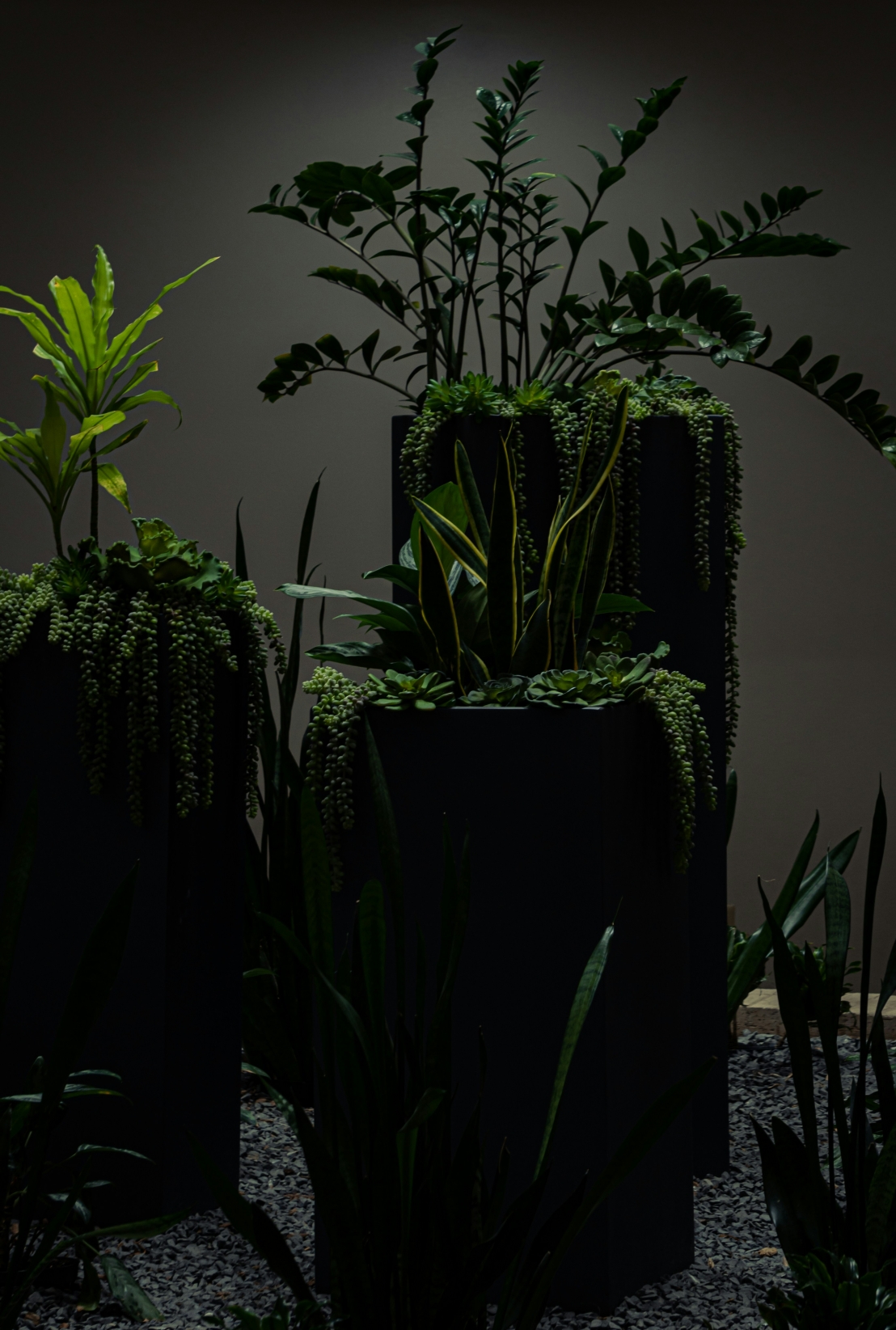How Plants Adapt to Extreme Environments – Survival Strategies of Flora

Plants demonstrate incredible resilience, adapting to some of the most extreme environments on the planet. Whether it's surviving in arid deserts, freezing tundras, or high-salinity soils, these plants have evolved specialized features for survival.
1. Desert Adaptations
-
Cacti store water in thick stems and have spines instead of leaves to reduce water loss.
-
Succulents use CAM photosynthesis to retain water and minimize transpiration.
2. Arctic and Alpine Adaptations
-
Low-growing plants avoid wind damage and conserve heat near the ground.
-
Dark-colored leaves absorb more solar radiation in cold climates.
3. Salt-Tolerant Species (Halophytes)
-
Plants like mangroves excrete excess salt through their leaves.
-
Some develop special root structures to filter salt and access fresh water.
4. Drought and Fire Resistance
-
Mediterranean plants like lavender develop oils that are flammable, promoting fire as a regenerative process.
-
Seed dormancy allows plants to wait for favorable conditions before germinating.
These adaptations not only ensure survival but also maintain biodiversity in some of Earth’s toughest habitats.

Comments : 0